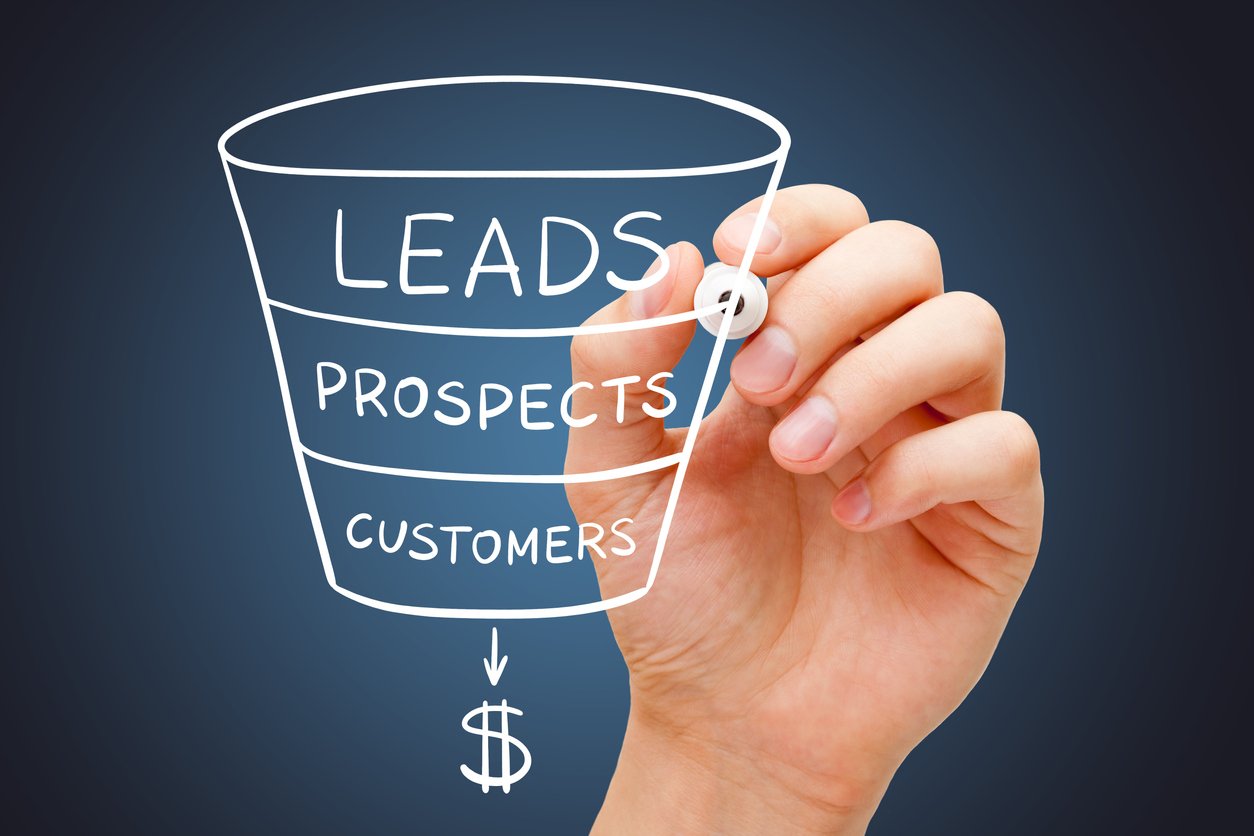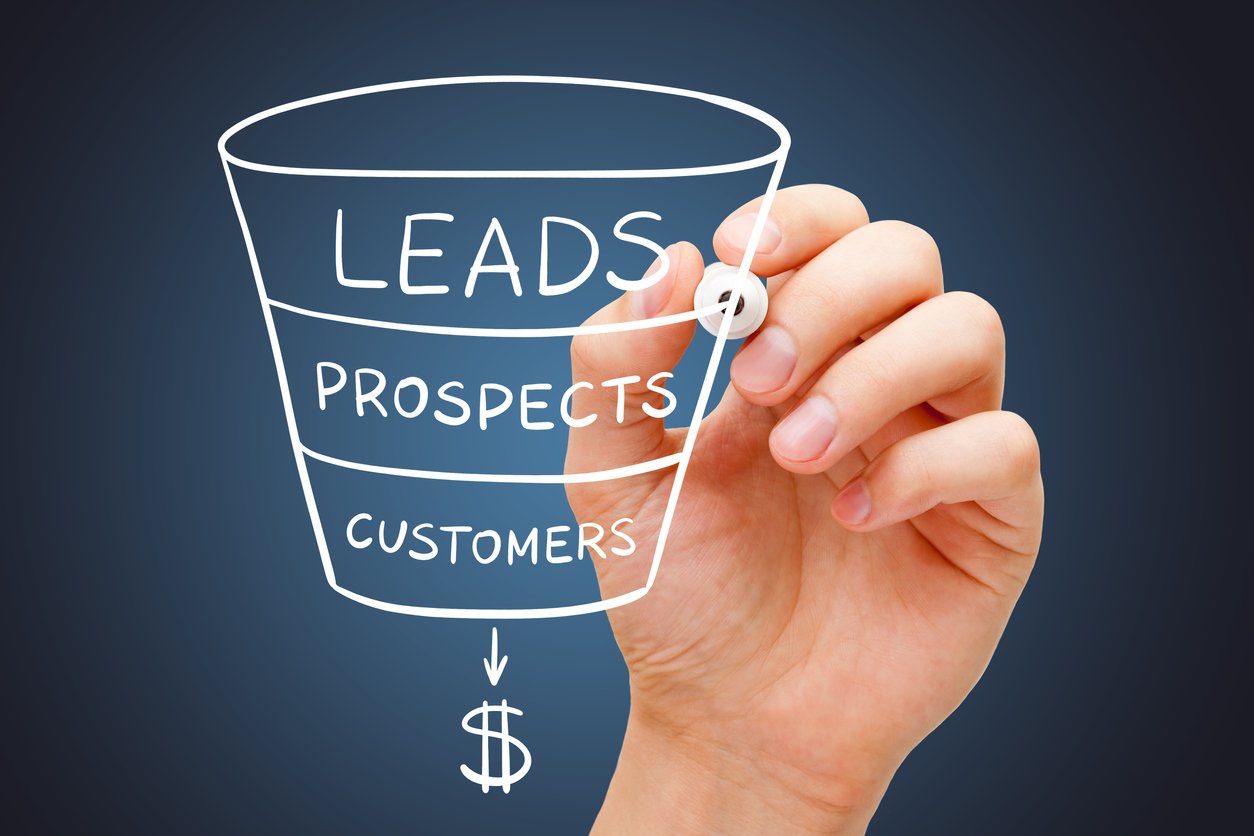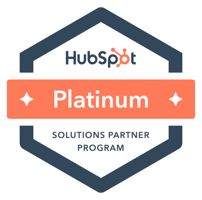It's important for your business to have an "airtight" sales pipeline. In other words, one that doesn't "leak" leads. However, this can be easier said than done. Your sales team has to keep up with each prospect. That includes where they are in the pipeline, what deal stage comes next, etc. But they also need to prioritize leads that offer the highest potential value. As your business grows, juggling these different tasks can get tricky.
Enter sales pipeline automation. With some careful planning and diligence, you can leverage automation to streamline your overall sales process. Doing so ensures that each lead in your pipeline is getting the attention it deserves. Let's talk about a couple of common challenges that sales reps face. We'll identify the benefits that automation can provide, and how you can successfully implement it in your company.

Challenges to Keeping an Airtight Sales Pipeline
An ideal sales pipeline is one in which your sales reps know where each prospect stands at all times, no matter where they're located in their buyer's journey. With that clear picture in view, your team can figure out where to focus their efforts, and what they need to do to meet their quota for the month.
However, it can be difficult to maintain a sales pipeline without letting leaks develop. For example, here are two common challenges to optimizing a sales pipeline:
The sales team isn't approaching the pipeline systematically.
In some small businesses, a sales manager may periodically sit down with a rep to identify opportunities in the rep's sales funnel, and discuss how to take advantage of them. This isn't necessarily a bad approach. But what if management has to oversee dozens of reps at the same time? And what if each rep has dozens of opportunities in their pipeline? If there's not a system in place that can handle the "size" of the organization's pipeline, then the end result is often a haphazard, "do what feels right" approach to deal management.
A lot of activity doesn't always equal a lot of value.
Imagine that one of your sales reps engages with a prospect on a weekly basis. They always seem to have good conversations. The prospect says they're open to the possibility of partnering with your company. There's just one problem: this lead hasn't progressed to the next deal stage for three months.
Should your rep continue to spend precious time and energy on pursuing this contact? Even though there's been a lot of activity around this deal, is it really going to lead to a "closed-won" outcome? Here again, prioritizing the wrong leads based on activity alone can cause more valuable leads in your pipeline to leak out.
With those two obstacles in mind, what exactly should an airtight sales pipeline look like? And what does automation bring to the table?
The Benefits of Sales Pipeline Automation
The major benefit of automating your sales pipeline is, in a word, consistency. With the proper infrastructure in place, your sales reps won't have to guess which leads they should prioritize. And they won't forget about one lead in their funnel while focusing on another. Sales pipeline automation can take a lot of the guesswork out of the equation.
The other big benefit of sales pipeline automation is how it saves time and resources. Sales managers will not have to comb through each rep's pipeline. Instead, they will be able to quickly identify key opportunities with the aid of automated log entries and alerts. Then, they can brainstorm with each rep where to go next. Of course, the reps will also be able to stay organized and spend more time on those high-value leads that your company needs.
With the help of an automated system, what would an ideal sales pipeline look like? Here's one example of what it could be:
- Your sales rep logs an interaction with a prospect under a certain deal stage. That record is associated with a specific date.
- Any time the prospect progresses into another deal stage, a record is made on that day.
- Each time a deal progresses, a countdown begins (it could be days, weeks, months - whatever is appropriate for a typical buyer's journey with your company). The concept is that by the end of the countdown, the deal should progress again, revert back to an earlier stage, or be closed (either as a win or a loss).
- Whenever a deal doesn't move at all, the rep and manager are alerted. The rep can clean out their pipeline as needed. And the manager can follow up on the deal during a pipeline review.
As you can see, sales pipeline automation keeps the sales pipeline as tight as possible. And it helps make your sales reps and managers more efficient at their jobs.
How to Automate Your Sales Pipeline
There's no one "right" way to implement sales pipeline automation. It all depends on your sales team, the needs of your business, and the specific deal stages that an average buyer will go through before making a final purchase. That being said, here are three steps that you can take when working with a CRM platform like HubSpot:
- Create "timestamp" properties for each deal stage. Match them to your workflows. In other words, assign a value and a countdown property to each stage in your typical buyer's journey. For example, if it usually takes two weeks between meeting with a prospect and receiving approval to send them a contract, assign that time frame to the "appointment delivered" stage, along with the appropriate "win probability" for the progress that's already been made.
- Create alerts that match your sales cycle's timestamps. If a deal becomes stagnant (e.g., it's been longer than two weeks, but the lead hasn't advanced from "appointment delivered" to "contract sent"), ensure that the rep and manager are notified of the deal's current status.
- Educate your reps. Make sure that each one of your team members understands the importance of your pipeline automation, how it works, and how they can use the process to increase their efficiency.
Develop an "Airtight" Sales Pipeline
Do you want to learn more about how to develop and maintain an "airtight" sales pipeline for your company? Reach out to our team of sales and marketing experts at OverGo Studio today for a free consultation.
Take advantage of our free Hubspot CRM Configuration to start modernizing your sales process. This is a limited-time offer where we will design a sales pipeline specifically for your business. Start generating more revenue and improve your close rates by building your first high-performing sales pipeline on HubSpot at no cost. Simply schedule a discovery session with our team of HubSpot experts.


